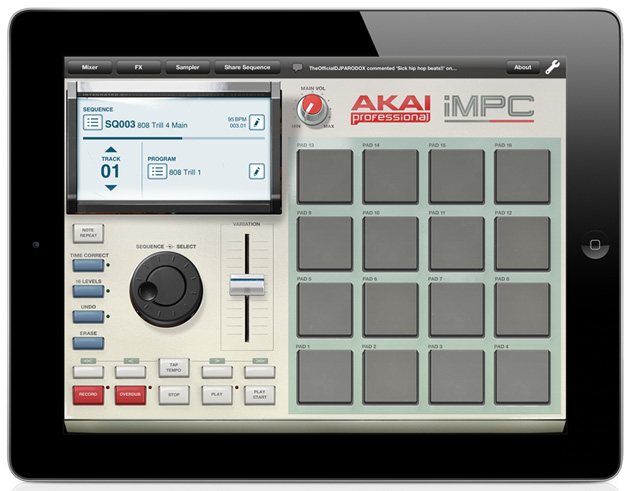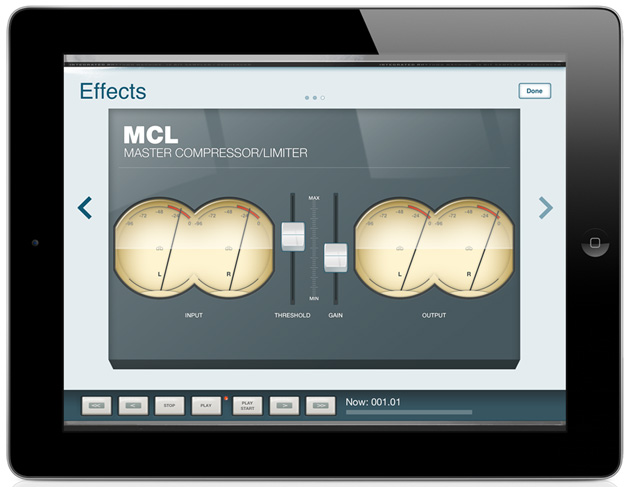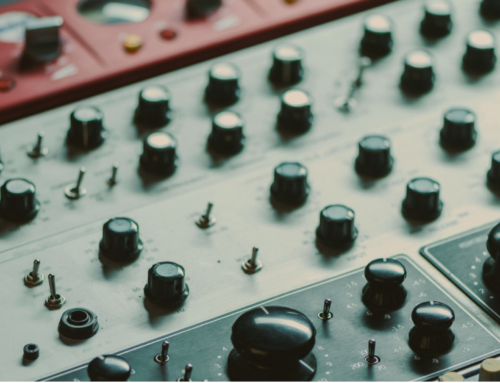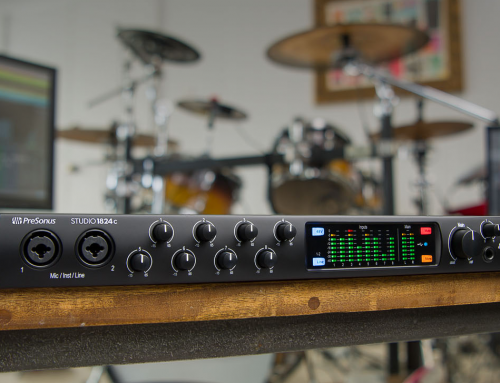 Moving even deeper into the still-exploding mobile market, Akai has recently released the iMPC mobile app for iPad. Sporting the look and layout of its popular hardware counterparts, the iMPC should feel natural to anyone who’s ever used one of these iconic beat machines. But can it hold its own without the feel of rubber pads, a physical selection wheel, or an actual fader? Luckily, and surprisingly, the answer is yes.
Moving even deeper into the still-exploding mobile market, Akai has recently released the iMPC mobile app for iPad. Sporting the look and layout of its popular hardware counterparts, the iMPC should feel natural to anyone who’s ever used one of these iconic beat machines. But can it hold its own without the feel of rubber pads, a physical selection wheel, or an actual fader? Luckily, and surprisingly, the answer is yes.
 Translating well-known hardware beat machines to a mobile platform is not a new concept (e.g. Native Instruments’ iMaschine, Korg’s iElectribe), however the MPC is such an iconic series that its entrance to the mobile market has been a long time coming. Fortunately for the consumer, the developers at Akai have a good grasp on what aspects of their physical device work best on iOS, and how functionality could be improved in the transition to a full-screen wireless device. Obviously, the iMPC provides the core functionality of loading sound banks into a physical grid which the user can play by tapping. Further, the user can record sequences against a click track and overdub as necessary to achieve the perfect beat. If the app’s functionality had stopped there, people would still buy it just to have a mobile canvas for generating ideas. The iMPC, however, has a lot more in store, such as built-in effects, creative modes of sampling, and a social networking aspect that just isn’t possible on a hardware MPC.
Translating well-known hardware beat machines to a mobile platform is not a new concept (e.g. Native Instruments’ iMaschine, Korg’s iElectribe), however the MPC is such an iconic series that its entrance to the mobile market has been a long time coming. Fortunately for the consumer, the developers at Akai have a good grasp on what aspects of their physical device work best on iOS, and how functionality could be improved in the transition to a full-screen wireless device. Obviously, the iMPC provides the core functionality of loading sound banks into a physical grid which the user can play by tapping. Further, the user can record sequences against a click track and overdub as necessary to achieve the perfect beat. If the app’s functionality had stopped there, people would still buy it just to have a mobile canvas for generating ideas. The iMPC, however, has a lot more in store, such as built-in effects, creative modes of sampling, and a social networking aspect that just isn’t possible on a hardware MPC.
First, I’ll cover the iMPC’s standard features – performing and recording beats. The sixteen drum pads, while probably a bit smaller than hardware pads and definitely lacking in the tactile feedback of rubber, are surprisingly easy and smooth to play, and offer zero lag – a crucial feature when trying to keep in rhythm. A huge amount of sound banks and drum sounds are offered in a variety of genres, from electro to nu-jazz. The record and overdub functions are easy to learn and master, with intuitive and effective options for quantization. Though I personally wish beats could be viewed and modified on a MIDI-note timeline (as in full DAW applications), this feature isn’t available on hardware MPC’s, so I won’t hold it against them. It still might make for a helpful future update, though.
One of my favorite parts of the iMPC, aside from the hundreds of samples available in the soundbanks, is the sampler function, which allows for live sampling through the microphone, or even from your onboard iTunes library. This is a really cool feature that showcases the app’s integration with iOS; the ability to grab a noise from any song in your library with minimal effort is just fantastic. The iMPC also has a mixer section to control the levels of multiple MPC layers, as well as an effects section which allows the use of a built-in bitcrusher, delay, or compressor/limiter. Another cool feature which really shows off the mobile platform is a direct connection to SoundCloud, allowing you to post your recorded beats directly to the web from within the app, or to hear other people’s best patterns. At times this can be almost overbearing, but a few adjustments to settings can take care of that.
With the iMPC, Akai has really hit it out of the park, offering almost everything you could expect from a hardware MPC, and more. I say almost because you don’t truly get the feel of banging away at rubber pads – but still the experience is quite nice. The amount of features packed into this app at such a low price point means you don’t have to look far at all for the perfect mobile rhythm workstation.








